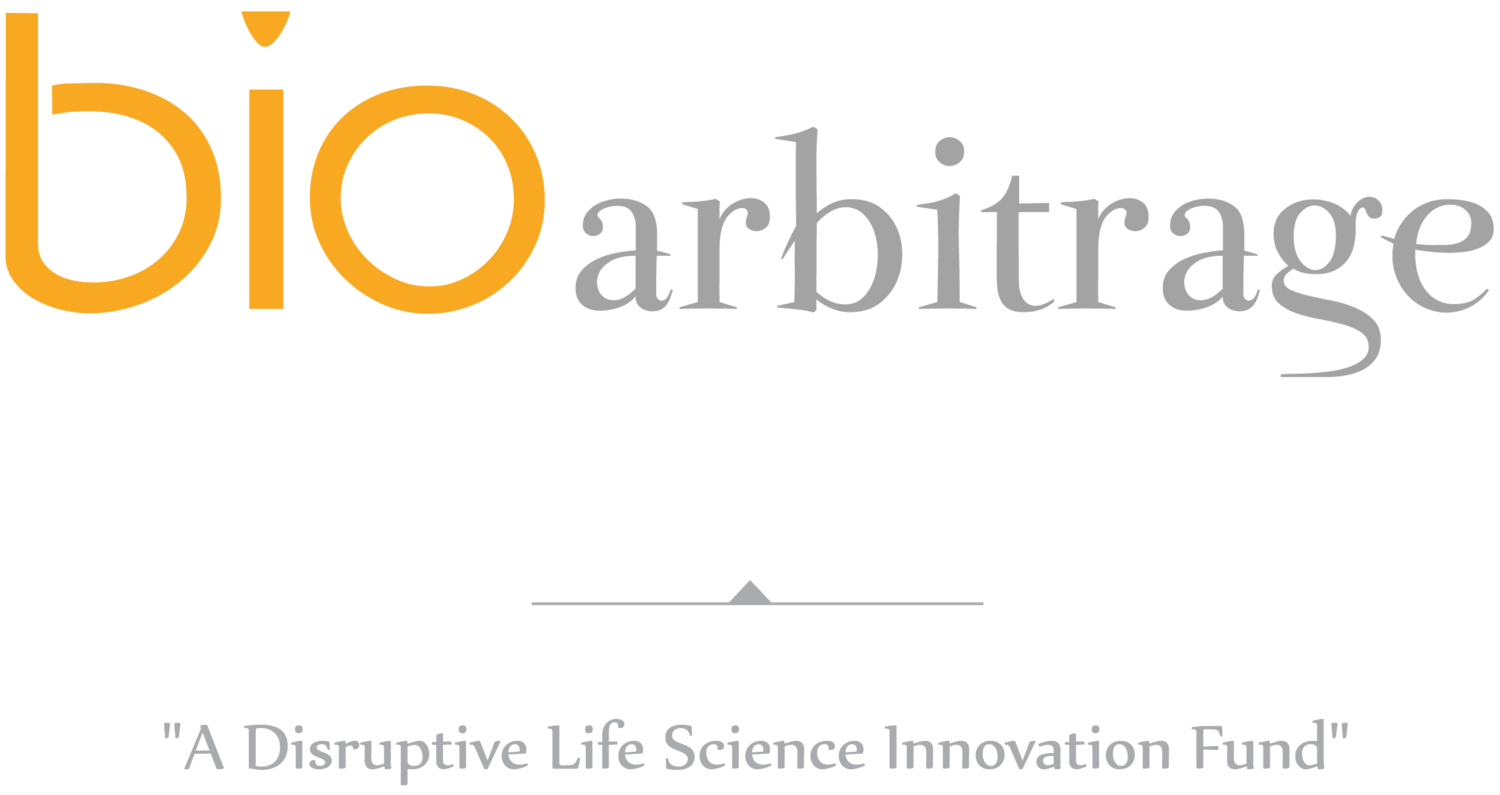Arbitrage and BioArbitrage Defined
BioArbitrage is a novel investment fund focusing on four primary elements:
Defining Risk
BioArbitrage presents a fundamental, paradigm shift in life science investing. Our funds focus on early stage investment and futuristic forecasting that results in positive returns. In this model, we substantially reduce risk exposure due to the fact that we do not acquire the assets.
The funds work to identify possible life science investment risks and decides which risks can be successfully addressed.
Arbitrage vs. BioArbitrage
True arbitrage is extremely rare. In arbitrage, investors do not take risk, do not invest, yet see positive returns due to market inefficiencies.
BioArbitrage requires investment, yet uses arbitrage methodologies. BioArbitrage utilizes elements of pure arbitrage, near arbitrage, and speculative arbitrage. We access some of the most sophisticated research tools in the world today, with the purpose of limiting risk and ensuring positive returns for our investors.
Pure Arbitrage & BioArbitrage
Pure arbitrage occurs when investors risk nothing, but earn more than the riskless rate. BioArbitrage requires investment, yet minimizes risk through our proprietary PIPV analysis and forecasting methodology.
Near Arbitrage & BioArbitrage
Near Arbitrage occurs when there are assets that have identical or near identical cash flows, trading at different prices without guarantee that the prices will converge.
Speculative Arbitrage & BioArbitrage
Speculative Arbitrage is technically not arbitrage at all. Speculative arbitrage occurs when investors take advantage of what they see as mispriced, similar assets. In Speculative Arbitrage, the cheaper asset is purchased and the more expensive asset is divested. Speculative Arbitrage considers only the current market, not futuristic opportunities for identified compounds.
BioArbitrage as Future Investing 2.0
The BioArbitrage Fund utilizes futures contracts. These are contracts to buy (and sell) an identified technology (compounds, pharmaceuticals, devices, platforms) assets at a fixed price in a future time period. This time period is typically eighteen (18) months.
Options related to the asset represent a “right” rather than an obligation to acquire or purchase the asset. Calling the option triggers the right to acquire the asset and “puts” trigger the right to sell the asset.
The use of these futures contracts, through the combination of options, construct positions that reduce risk exposure.



